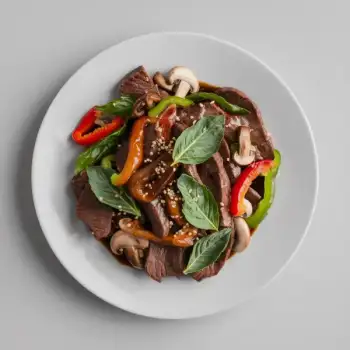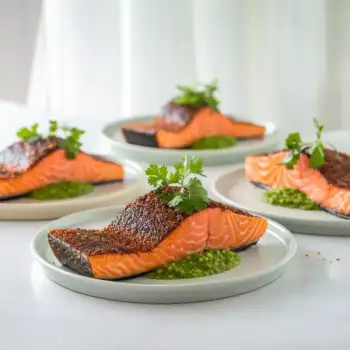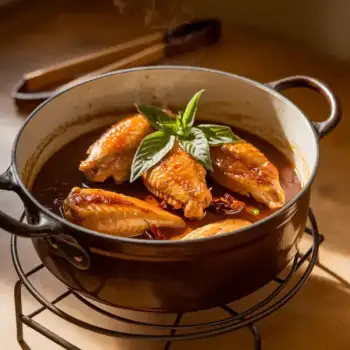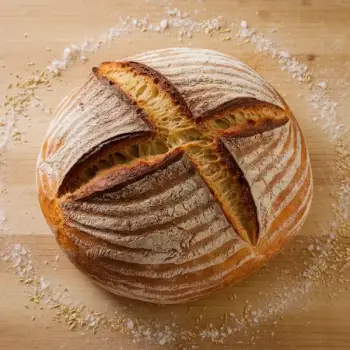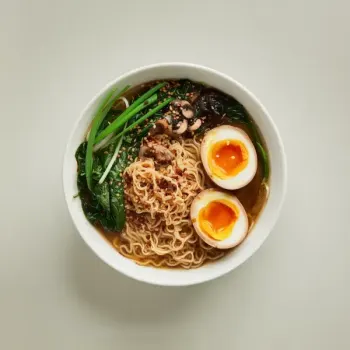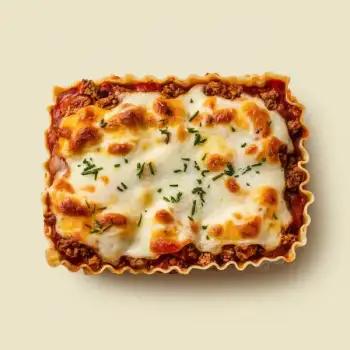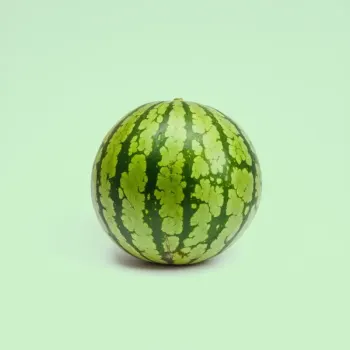


Ice
Frozen water, used to chill beverages, create cold compresses, or in cooking to quickly cool down hot ingredients or dishes.
Steam
Vaporized water, used in cooking methods such as steaming vegetables, seafood, or other delicate foods to preserve nutrients and texture.
Liquid
Water in its most common and natural state, used for boiling, steaming, or as a base for soups and sauces.
Mineral
Water containing minerals or other dissolved substances that alter its taste or give it a therapeutic value, often preferred for its flavor and health benefits.
Distilled
Water that has been boiled into vapor and condensed back into liquid in a separate container, removing impurities and minerals, often used in recipes where a neutral flavor is desired.
Sparkling
Water that contains carbon dioxide gas dissolved under pressure, creating a bubbly texture, sometimes used in recipes for a unique texture or as a refreshing drink.




mineral water: San Pellegrino
distilled water: Aquafina
sparkling water: Perrier

Boiling: Boiling is a rapid cooking method that involves cooking food in water at 212°F (100°C). It's used for pasta, vegetables, and eggs. The rolling boil ensures even cooking and prevents food from settling at the bottom of the pot, which can cause uneven cooking or burning.
Steaming: Steaming involves cooking food by exposing it to steam from boiling water. This method preserves nutrients and is excellent for delicate foods like fish and vegetables. It requires a tight-fitting lid to trap the steam and cook the food evenly.
Simmering: Simmering is a gentler technique where water is heated to just below the boiling point, between 185°F (85°C) and 205°F (96°C). It's ideal for stocks, soups, and stews, allowing flavors to meld without the agitation of a full boil.





